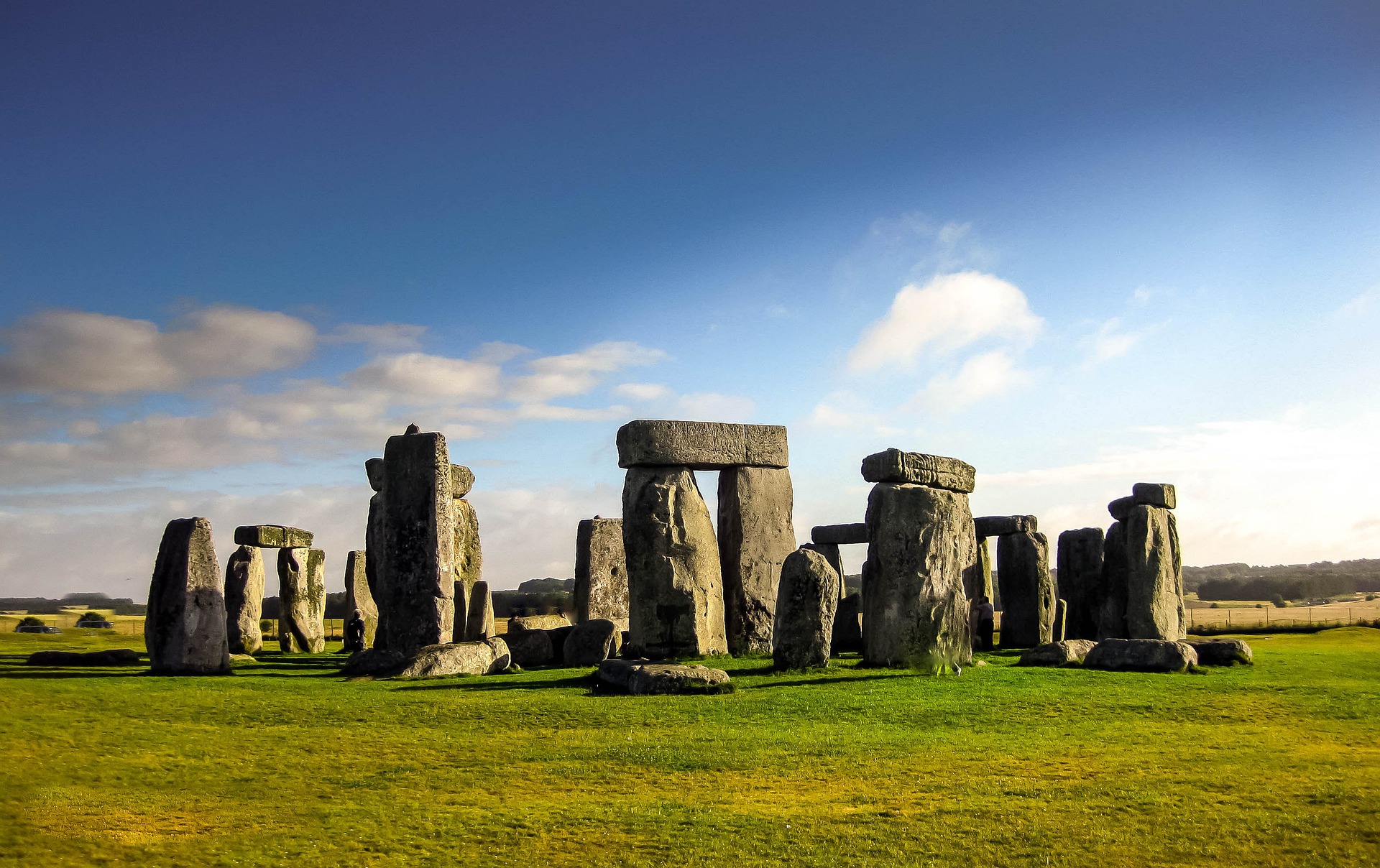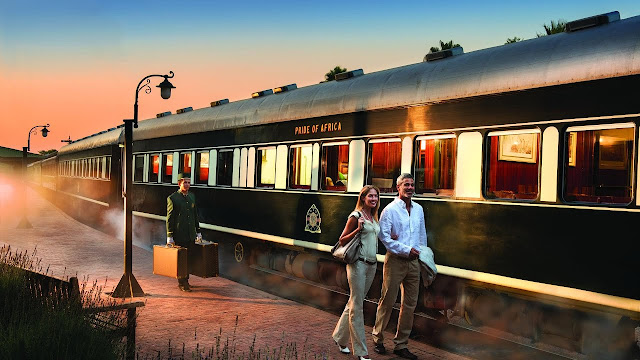10 interesting facts about the United Kingdom that you may not know
The United Kingdom of Great Britain and Northern Ireland, usually referred to as the United Kingdom (UK or U.K.) or Britain, is an independent state located off the northwest coast of the European continent. The entire area of the United Kingdom is 240,000 km2 (94,000 square miles). By the end of 2022, the population of the United Kingdom is estimated by Trading Economics global macro models and analysts to be 67.44 million. The island of Great Britain, the northeastern portion of the island of Ireland, and a handful of other islands make up the United Kingdom.
The Atlantic Ocean surrounds Northern Ireland, with the English Channel to the south, the Celtic Sea to the southwest, and the North Sea to the east, giving it the twelfth-longest coastline in the world. It shares a land boundary with the Republic of Ireland. The United Kingdom is a parliamentary democracy and constitutional monarchy. London, the country's main metropolis and capital, is a major international financial hub with a metro population of over 14 million people.
The United Kingdom has the eighth-largest economy in the world by purchasing power parity and the sixth-largest economy by nominal gross domestic product (GDP) (PPP). It ranks 18th in the world in terms of human development index and has a high-income economy. Additionally, it does well in global comparisons of healthcare, education, life expectancy, and human development. During the late 19th and early 20th centuries, the UK was the world's leading power and the first industrialized nation. The UK continues to exert significant international influence in the fields of politics, economics, culture, science, and the military. Then, let's discuss some UK-related facts you might not be aware of.
(10)United Kingdom was made from the Islands
British Isles are a collection of islands off the coast of Europe's northwest. Two major islands, Great Britain and Ireland, as well as numerous smaller islands and island groups, such as the Isle of Man, the Hebrides, the Shetland Islands, the Orkney Islands, and the Orkney Islands, make up the group. With such intensity, the flood slammed the north-east of Britain that it traveled 25 miles (40 km) inland, transforming marshlands to the south into the Channel and low-lying plains into what is now the North Sea. They consist of a number of islands. Although reports range from 6,289 to 7,700 islands overall, there are actually over 6,000 of them. Nearly all are deserted. In actuality, only 189 islands are big enough to support long-term human habitation. According to Professor Godfrey Baldacchino, Canada Research Chair in Island Studies at the University of Prince Edward Island in Canada, Britain is "a fairly substantial island as far as islands go."
(09)Elizabeth II travels the world quite a bit
The longest known term for a female head of state in history and the longest of any British monarch, Queen Elizabeth ruled for 70 years and 214 days. In addition, the Queen of England is said to have been to more than 116 different nations despite not holding a passport. She does not need to provide identification, in contrast to other British nationals. which accounts for the nickname "million mile Queen" given to her. That is equivalent to 42 laps around the earth, to put it in context. The Queen always valued her trip experiences. She was the most traveled monarch, spending decades researching other cultures and frequently traveling the world while residing at Buckingham Palace.
(08)UK is not as big as you imagine
When responding to a Russian official's claim that the UK is a "little island to which nobody pays attention," David Cameron referred to the country as "a small group of islands," but in reality, the UK is nothing like that. The UK ranks tenth in terms of size when continental landmasses are eliminated from the comparison, making it significantly larger than places like Sri Lanka or Cuba.
Despite being a huge island that is almost ten times larger, Greenland does quite well. Only when measured against its European competitors does the UK come up poorly. The British Isles are only ranked number 78 in the world, between the African nations of Gabon and Guinea, and far behind nations like Germany, France, and Spain. The UK is smaller than Oregon in the US and minuscule in comparison to Alaska, however it is not as cold, if we use American measurements.
(07)Train delays occur
Due to the possibility that high temperatures could cause the metal rails to buckle and the overhead power cables to droop, making travel time longer than usual, Britain's train operators implemented speed limitations on the network. Although many trains are capable of speeds up to 140 mph, the maximum operational speed for trains in the UK is 125 mph.
Make sure to provide extra time if you plan to take a night train. Caledonian Sleeper, which had 14.70% of its trains run at least 3 minutes late during the first quarter of 2020–2021, has the most delays in the UK. CrossCountry was the second-worst operator, with 8.10% of its trains experiencing delays of at least 3 minutes in Q1 2020/2021. Merseyrail, which had only 2% of all its trains arrive at least 3 minutes late, and TfL Rail, which had only 2.5% of all its trains arrive late, were the two services that performed the best in terms of on-time performance. However, there won't be a cancellation fee assessed if the train departs more than three hours later than expected. Passengers with confirmed, RAC, and wait-listed tickets will receive a full refund in this scenario(subject to the requirement that the ticket be turned in before the actual train departure).
(06)Public drinking is legal
While public drinking is almost universally frowned upon or outlawed in some nations, including the United States, Norway, Poland, India, and Sri Lanka, as well as nations with a majority of Muslims, where alcohol is legal, it is socially acceptable in other nations, including Portugal, Spain, Germany, the United Kingdom, New Zealand, Japan, and China.
(05)More Indian cuisine than India
You will never run out of places to try your favorite Indian cuisines if you live in the UK. Indian cuisine is particularly well-liked across the nation. More than 200 years ago, the first Indian curry restaurant opened in London. During their reign in India, the British developed a taste for Indian cuisine especially curries. Due to the fact that both cultures use nearly identical basic materials, many Indian restaurants in the UK serve Indian food with British influences. Popular Indian eatery Indian Rasoi has been providing delectable Indian cuisine for more than 12 years in London. Additionally, it is not the only restaurant in the nation; you can easily discover hundreds of Indian eateries in various states that offer a variety of cuisines prepared in various ways. When your visit to England, you can experience some of the best Indian cuisine at one of the 10,000 or so Indian restaurants in the UK.
(04)Everywhere is diverse
The population of the UK is racially diverse. White British people make up the largest ethnic group in the UK, followed by Asian British people. A national census is used in the United Kingdom to formally track ethnicity. Government information about the various ethnic communities in the UK. In the UK, 87% of the population is White, while 13% is Black, Asian, Mixed, or from another ethnic group (2011 Census data).
the emigration of several young adults from eleven Eastern European nations, including Poland, whose citizens were granted permission to live and work in the UK once their countries joined the EU in 2004. The UK has a diversified population as a result.
(03)There's many parked cars there
Data about parking lots that have earned the Park Mark Award is provided by the British Parking Association. A quarter of parking lots in the UK have received the Park Mark Award. That represents 5,000 of the estimated 17,000–20,000 car parks in the nation where people frequently leave their cars parked. Since a normal car excursion lasts around 20 minutes, the average car is only in motion for 6 hours every week; during the other 162 hours, it is motionless and parked. The average UK automobile is parked 96.5% of the time, which is higher than Shoup's US estimate given that there are 168 hours in a week. The current UK standard for parking spaces is 2.4 meters wide by 4.8 meters long, which should be taken into consideration when estimating the area required for staff and customer parking. The distance between bays for manoeuvring (roadways) is six meters.
(02)The United Kingdom, Great Britain, and the British Isles are very different from one another.
Off the coast of Europe's northwest are a collection of islands known as the British Isles. Ireland and Britain are the two biggest of these islands. One of the smaller ones is the Isle of Wight. A little region of France currently known as Brittany was also referred to be Britain throughout the Middle Ages. As a result, the term "Great Britain" was often used to refer to the island. The Kingdom of Great Britain, which was formed in 1707 by the union of the island's competing kingdoms of England and Scotland, was the first time the name had any formal importance.
Since the 12th century, Ireland had been practically an English colony, and after Great Britain's establishment, it continued to be governed by the British monarch. The United Kingdom of Great Britain and Ireland, or simply the United Kingdom, was created in 1801 as a result of its official union with Great Britain. The union, however, only lasted until 1922, at which point Ireland (with the exception of six northern counties) seceded. Ireland quickly gained independence and adopted the term United Kingdom of Great Britain and Northern Ireland as its official name.
(01)Compared to the Pyramids, Stonehenge is older.
Perhaps the most well-known prehistoric monument in the world, Stonehenge is also the only surviving lintelled stone circle and the most complex architectural structure. There are 38 stones in this 5000-year-old stone circle on the Salisbury Plain in Wiltshire, England. It was constructed in four phases over the course of more than a thousand years. The last modifications, according to archaeologists, were done in the early Bronze Age, circa 1500 BC. The myriad riddles surrounding Stonehenge have confounded historians and archaeologists for decades. The unique feature is that earlier, less stunning monumental constructions existed in Egypt before the first pyramids, which date to around 2600 BC. However, Stonehenge was a significant location being built as early as 3100.
Perhaps the most well-known prehistoric structure in the world, Stonehenge is also the only surviving lintelled stone circle and the most complex architectural structure. There are 38 stones in this 5000-year-old stone circle on Salisbury Plain in Wiltshire, England. In four stages, construction took more than a thousand years. The final modifications, according to archaeologists, were done in the early Bronze Age, in 1500 BC. The myriad riddles surrounding Stonehenge have baffled historians and archaeologists for decades. The unique thing is that earlier, less stunning colossal monuments existed in Egypt before the first pyramids, which date to around 2600 BC. However, Stonehenge was a significant location being constructed as early as 3100BC.










.jpg)




Comments